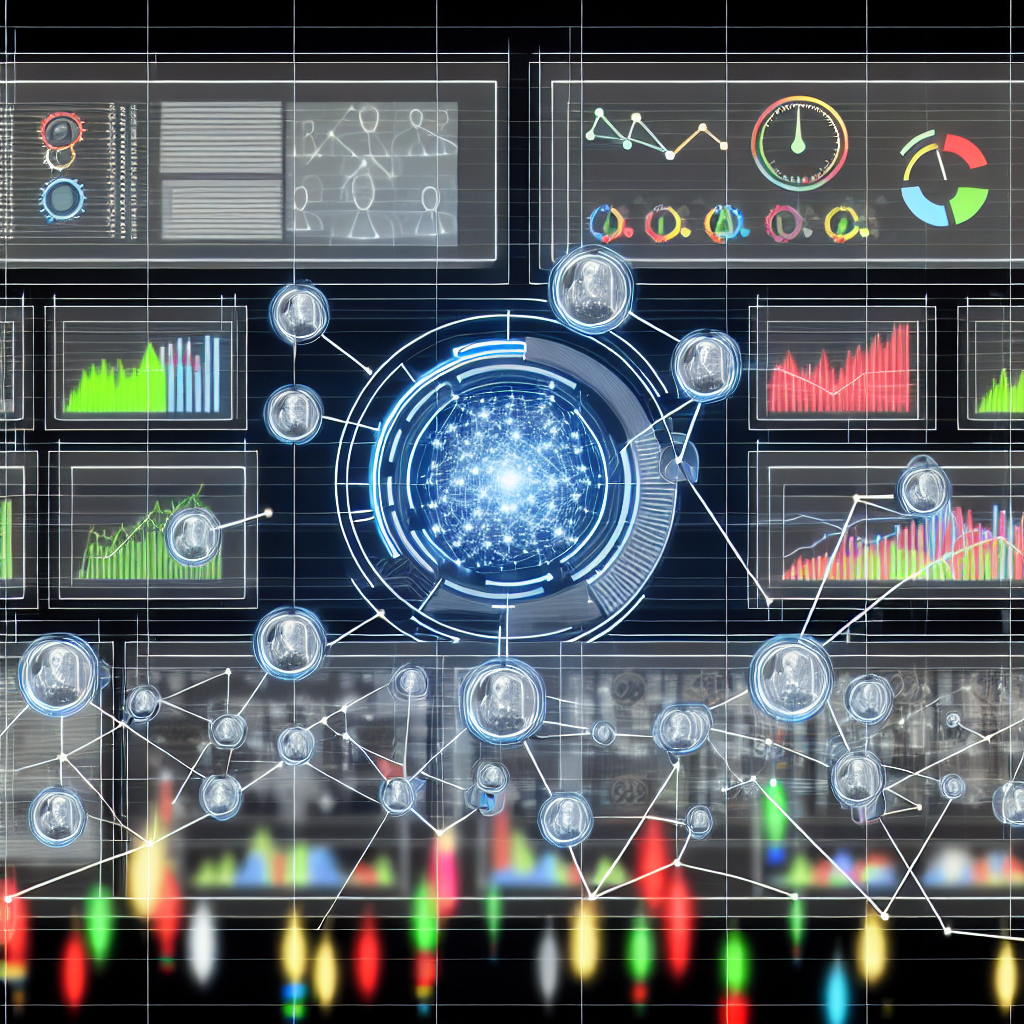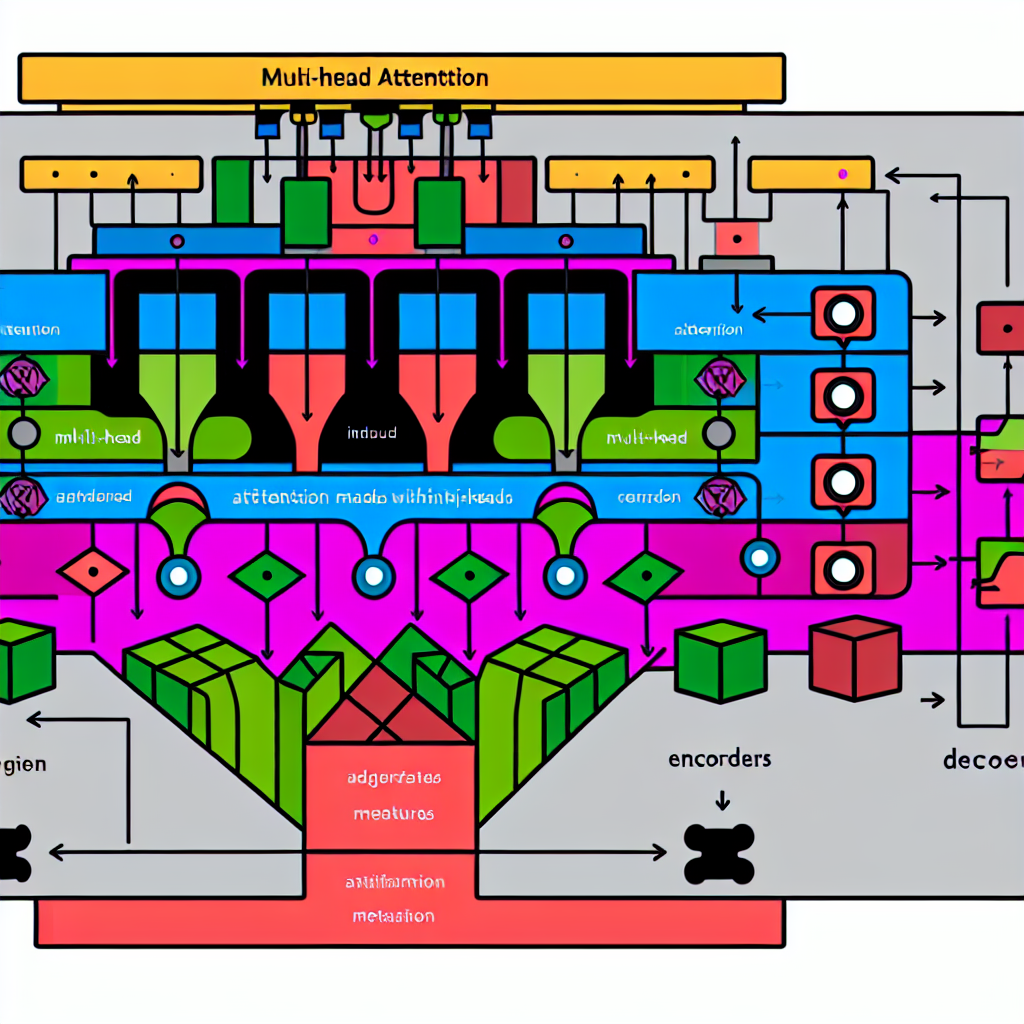Agentic AI & Multi-Agent Orchestration: Essential Insights for 2025
The evolution of agentic AI and multi-agent orchestration is reshaping the landscape of artificial intelligence at scale, promising greater autonomy, efficiency, and collaboration among intelligent systems. As we navigate towards 2025, understanding these concepts becomes crucial for AI professionals, data scientists, and tech enthusiasts. This article delves into the intricacies of agentic AI, exploring its role in scalable solutions, and examines multi-agent orchestration’s potential to revolutionize AI deployment across industries. Whether you’re enhancing your expertise or seeking practical applications, this comprehensive guide is designed to provide value and insight. Stay with us as we uncover the nuances of these transformative technologies.
- What is Agentic AI?
- Understanding Multi-Agent Orchestration
- Applications of Agentic AI in 2025
- Frameworks for Multi-Agent Systems
- Case Studies of Agentic AI
- Emerging Trends and Future Prospects
- FAQ
- Conclusion
What is Agentic AI?
Agentic AI refers to systems with the capacity to act autonomously, making decisions without human intervention. This capability allows AI systems to function independently, adapt to changes, and optimize processes in real-time. The term “agentic” denotes the AI’s self-driven nature, akin to human agency. Such systems are pivotal in deploying AI at scale, enhancing efficiency, accuracy, and adaptability across domains.
Understanding Multi-Agent Orchestration
Multi-agent orchestration involves the coordination of multiple AI agents to achieve complex tasks collaboratively. This orchestration is essential for managing interconnected systems where single-agent solutions are inadequate. Through sophisticated algorithms and communication protocols, multi-agent systems can distribute tasks, share insights, and optimize overall performance, making them ideal for large-scale automated environments.
Applications of Agentic AI in 2025
Industry Automation
Agentic AI is revolutionizing industry automation by enabling machines and systems to perform tasks with minimal supervision. For instance, autonomous robots in manufacturing can adjust their operations in response to production demands, reducing downtime and increasing output efficiency.
Healthcare Advancements
In healthcare, agentic AI systems assist in diagnosing diseases, personalizing treatment plans, and optimizing resource allocation. This enhances patient care and reduces workloads on medical professionals, exemplifying AI’s transformative potential in medical settings.
Frameworks for Multi-Agent Systems
Several frameworks facilitate the development of multi-agent systems, including JADE, SPADE, and Apache Ignite. These platforms provide tools and APIs enabling developers to design, simulate, and deploy multi-agent architectures efficiently. Understanding these frameworks is essential for implementing effective multi-agent orchestration strategies.
Case Studies of Agentic AI
A notable example of agentic AI at work is in logistics, where AI-driven platforms autonomously manage supply chains. By analyzing data in real-time, these systems optimize inventory, predict demands, and streamline delivery routes, substantially reducing costs and improving customer satisfaction.
Emerging Trends and Future Prospects
The rise of agentic AI and multi-agent orchestration is set to continue, with advancements in AI algorithms, edge computing, and IoT integration leading the charge. As industries adopt these innovations, the demand for skilled AI professionals will surge, underpinning significant career opportunities in AI and data science domains.
FAQ
What are the benefits of agentic AI?
Agentic AI enhances decision-making autonomy, optimizing operations across industries by adapting to dynamic conditions without human intervention.
How do multi-agent systems differ from single-agent systems?
Multi-agent systems coordinate multiple autonomous agents to perform complex tasks collaboratively, unlike single-agent systems which operate independently.
Which industries benefit most from multi-agent orchestration?
Industries like manufacturing, logistics, healthcare, and finance benefit significantly due to their complex, scalable operational needs that multi-agent systems efficiently manage.
Conclusion
As we explore the potential of agentic AI and multi-agent orchestration heading into 2025, the promise of more autonomous and interconnected intelligent systems becomes apparent. These advancements not only alter existing operational landscapes but also inspire new industry standards for AI deployment. Stay ahead in this dynamic field by subscribing for updates and exploring more insights into AI, GenAI, and Data Science at Stay Connected.



